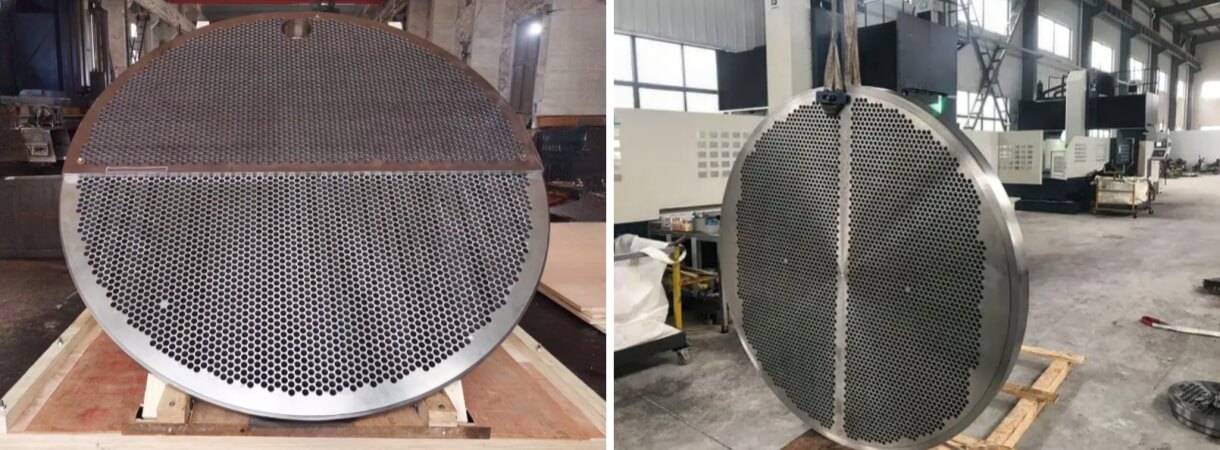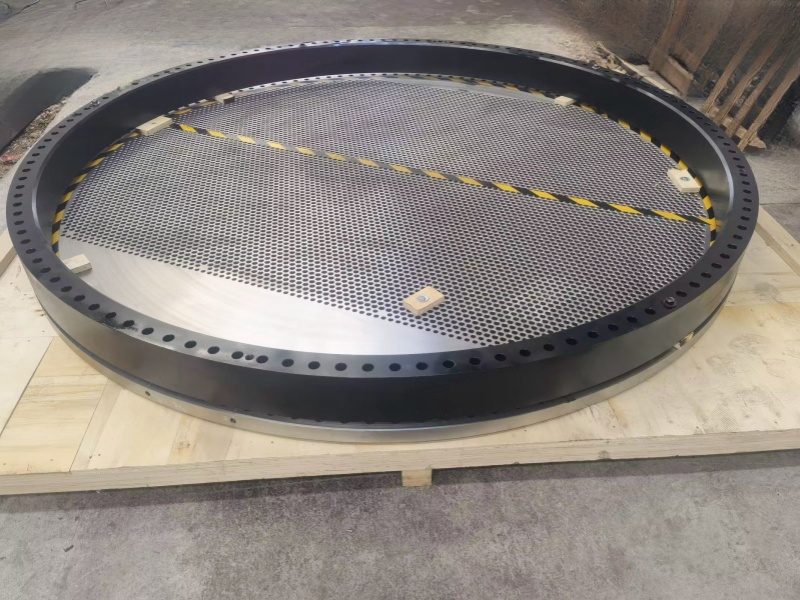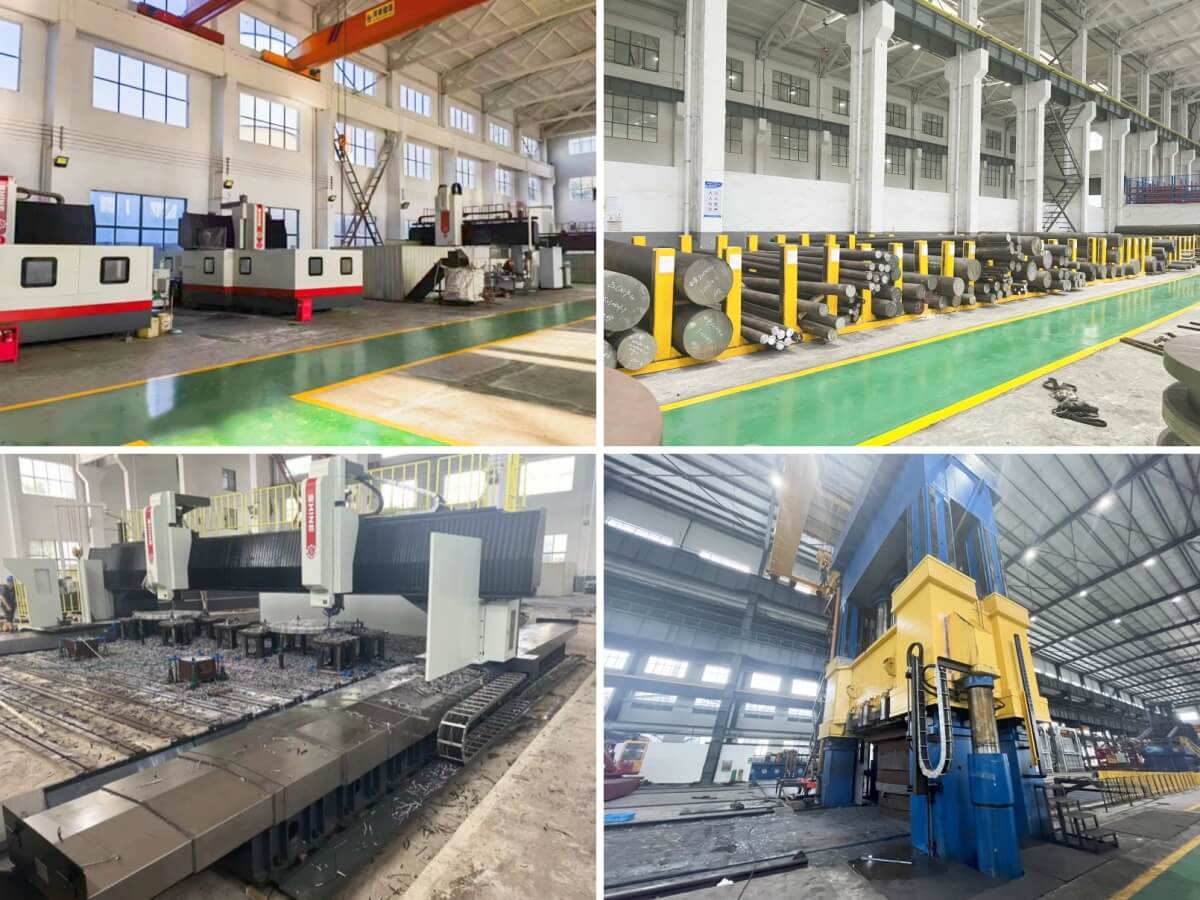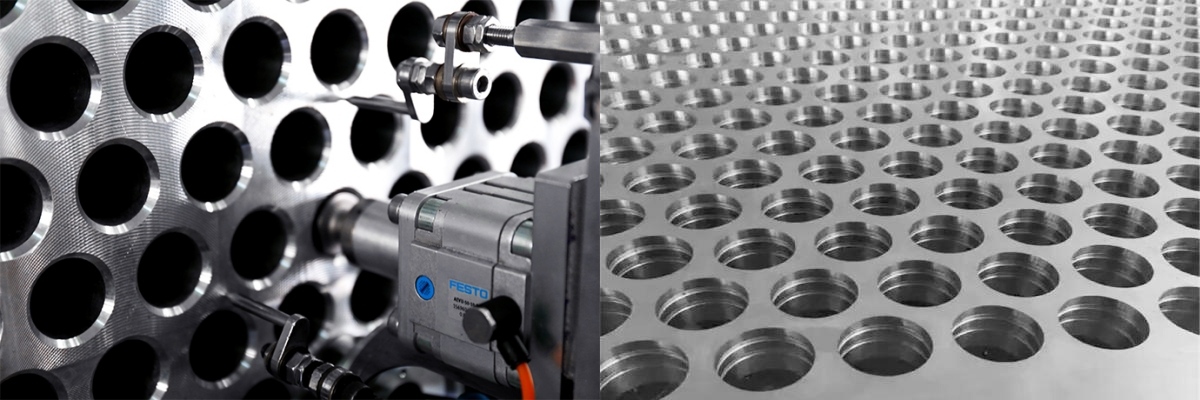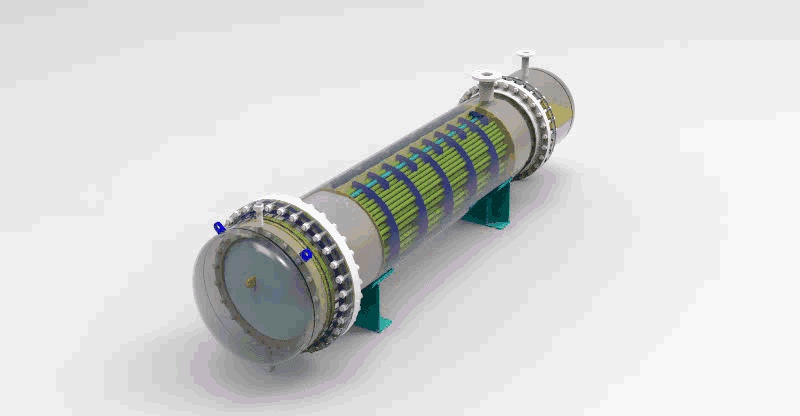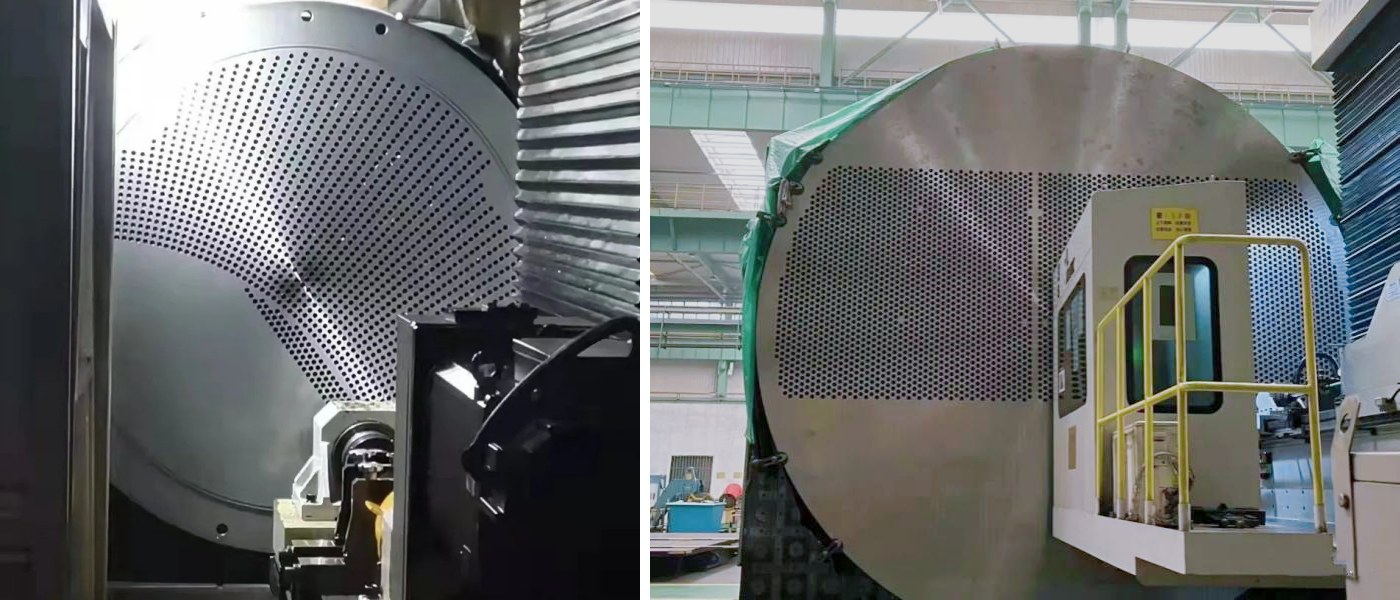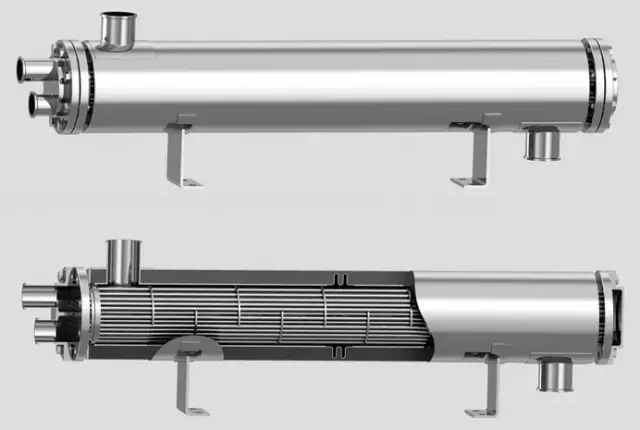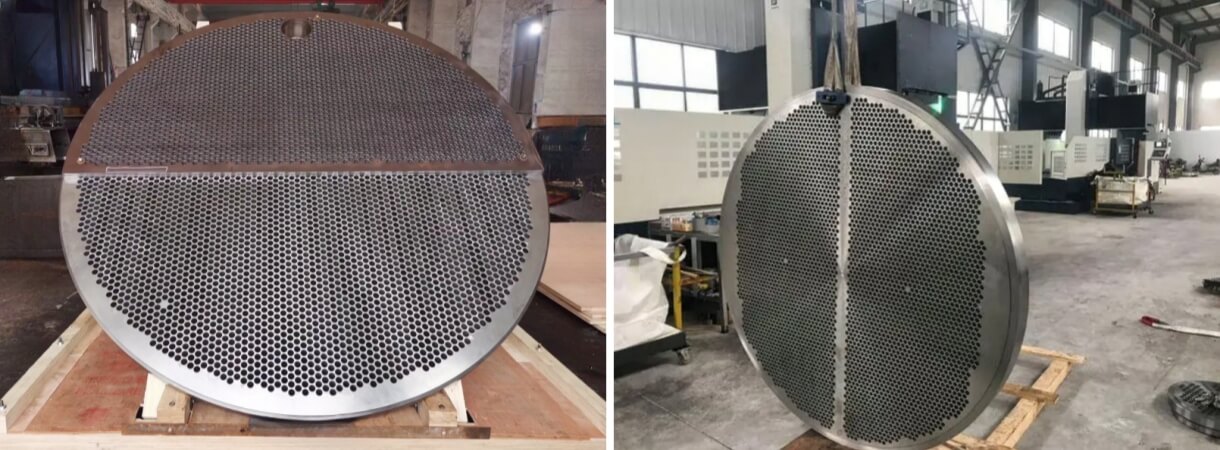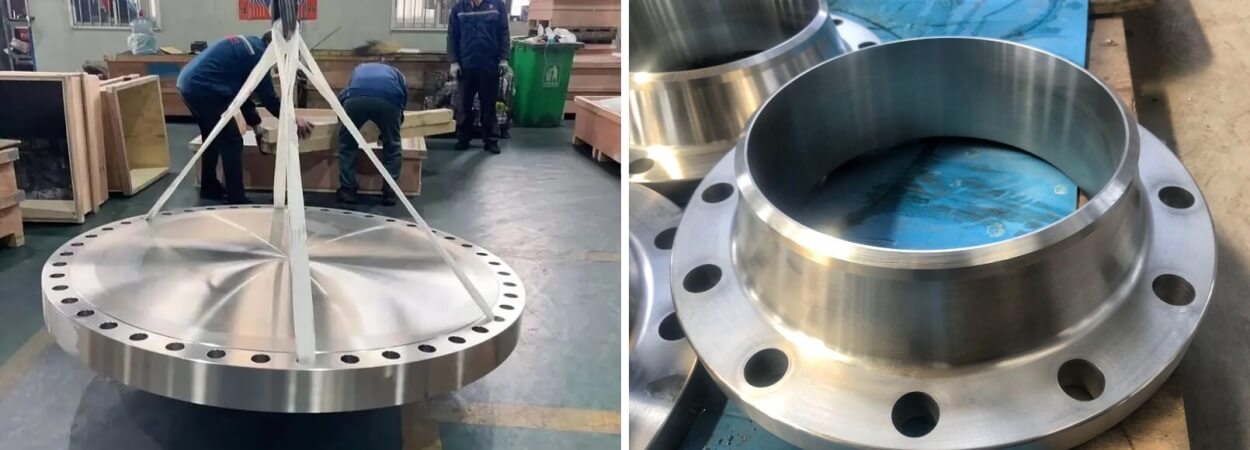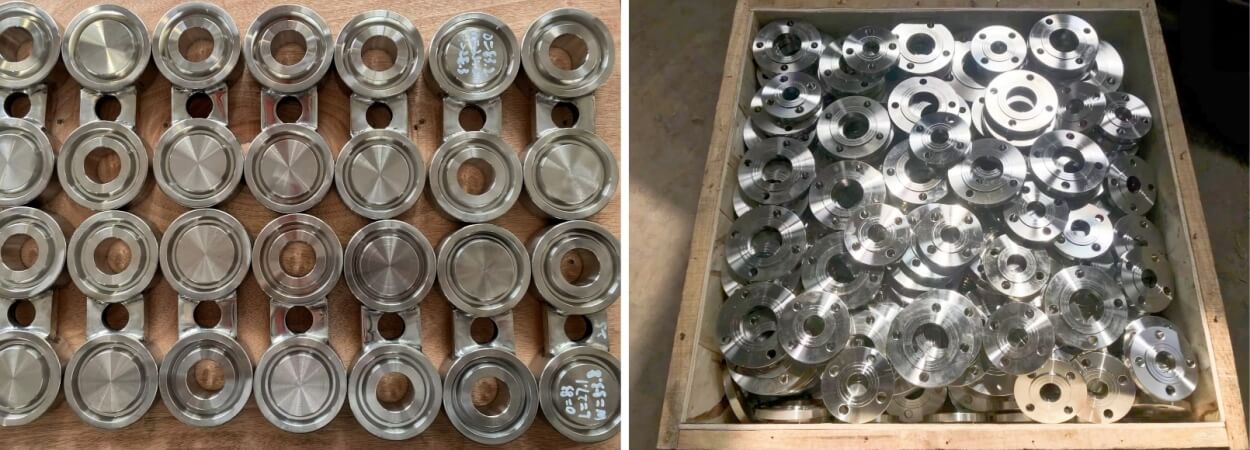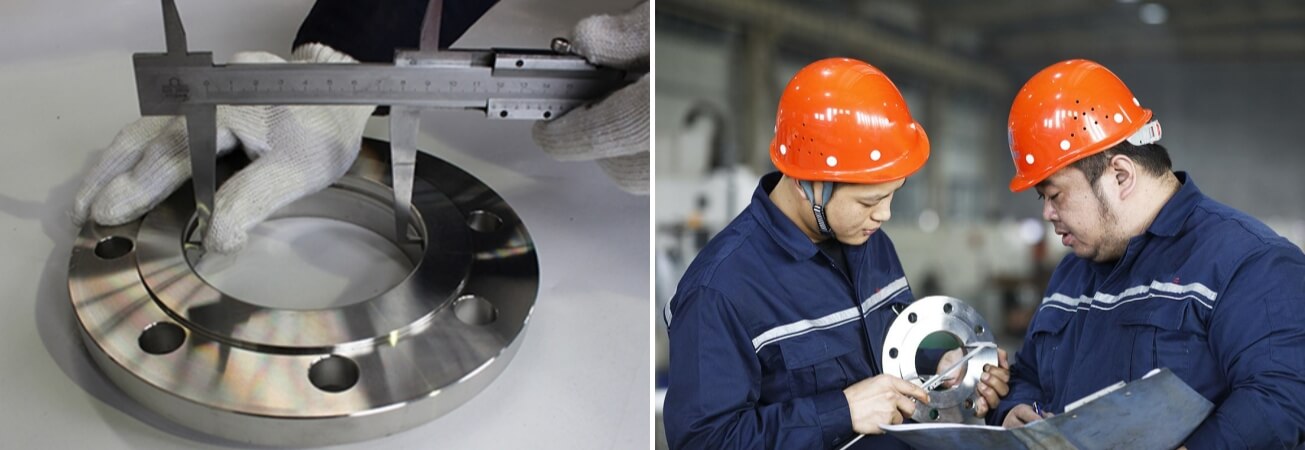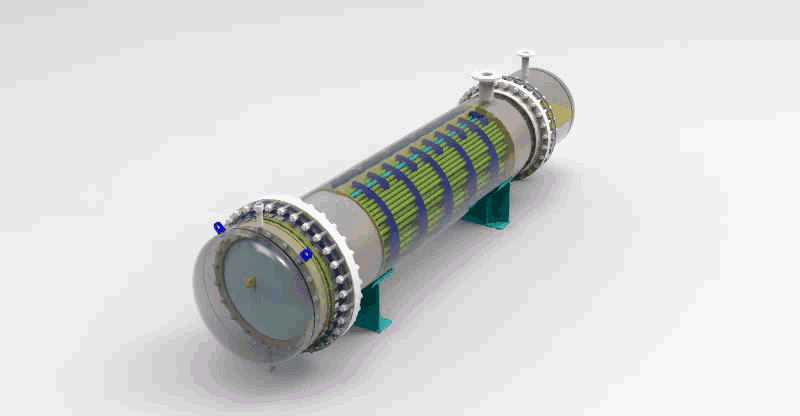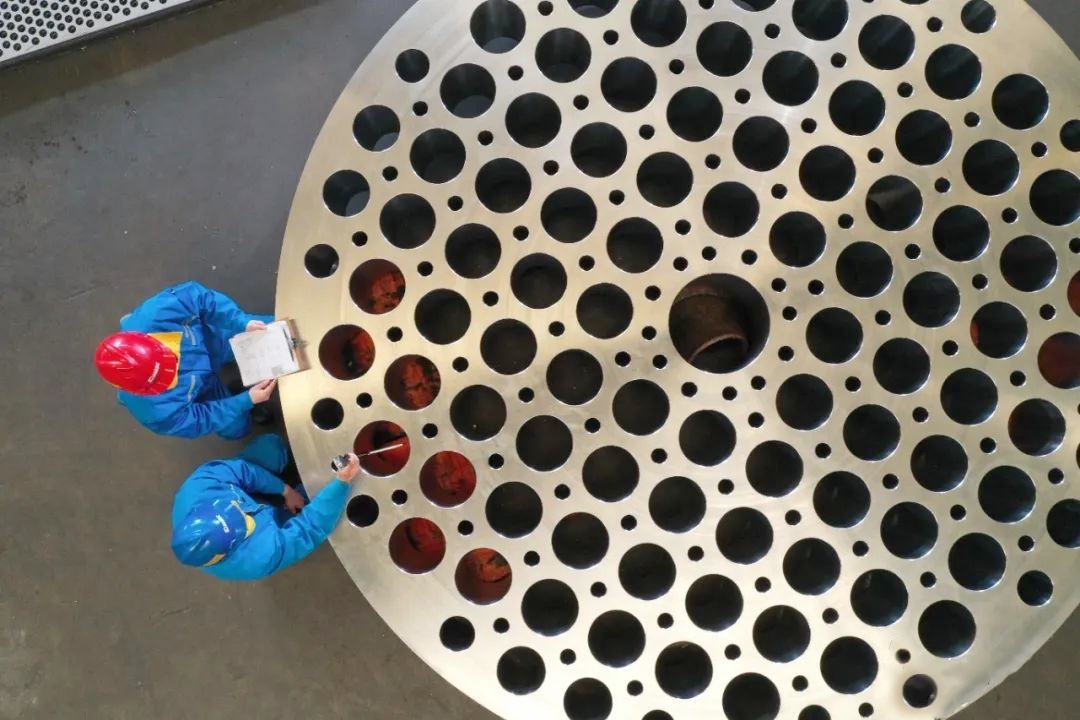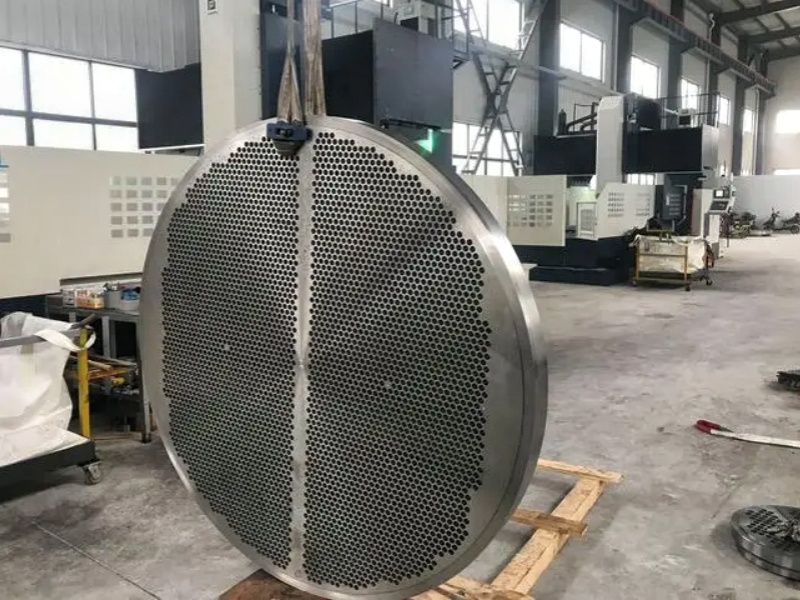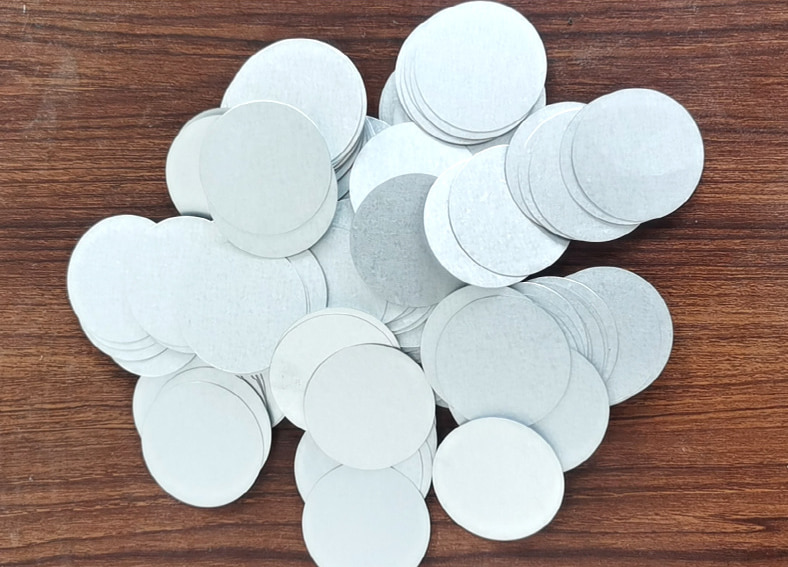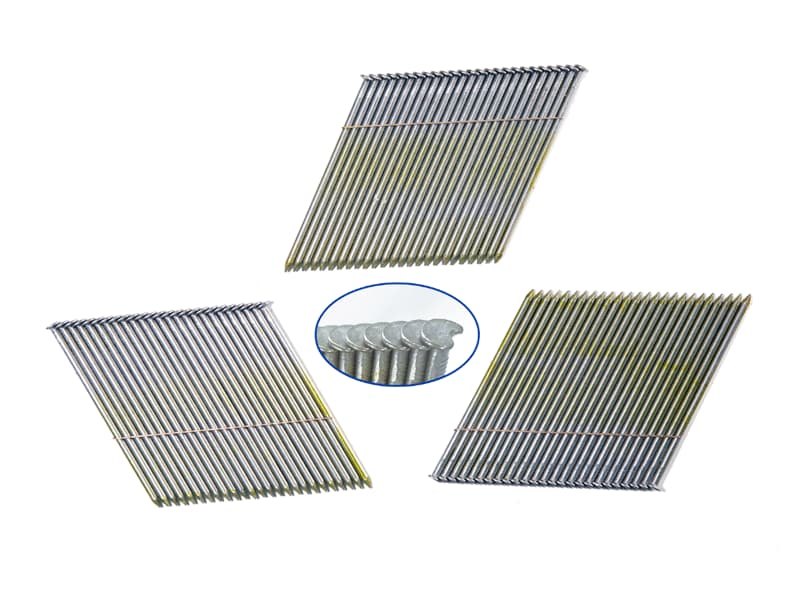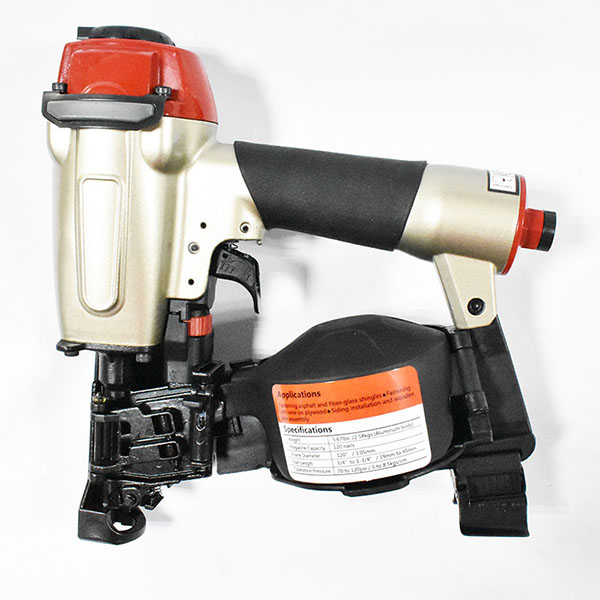The advantage of Duplex Steel Elbows
Duplex steel has become increasingly popular in industrial settings due to its unique properties, high strength, corrosion resistance, and durability. One of the most commonly used components made from duplex steel is the duplex steel elbow. This component is found in numerous industries, including oil and gas, chemical, and petrochemical manufacturing. This blog post will discuss everything you need to know about duplex steel elbows.
What is the role of elbows in pipelines?
Elbows belong to pipe fittings, and the purpose of using elbows in pipelines is to change the direction of the pipeline. Elbows are used at the turning point of the pipeline to change the direction of the pipeline. The angles of elbows include 15 degree elbows, 30 degree elbows, 45 degree elbows, 60 degree elbows, 90 degree elbows, and 180 degree elbows. The type of elbow including long-radius elbows, short-radius elbows, seamless elbows, and welded elbows. These are the most commonly used elbow angles, which need to be ordered and made according to the installation needs of the construction site project. Long and short-radius elbows differ in their radius of curvature, with long-radius elbows having a larger radius than short-radius elbows. Seamless elbows are made from a single piece of steel and are available in a wider range of sizes and wall thicknesses than welded elbows.The materials can be divided into stainless steel elbows, carbon steel elbows, alloy steel elbows, and duplex steel elbows. When connecting elbows and pipelines, welding is used. Therefore, for the convenience of welding, the ends of general elbows need to be bevelled.

Why Use Duplex Steel Elbows?
Duplex steel is a type of stainless steel with a two-phase microstructure consisting of austenitic and ferritic stainless steel. This type of steel offers a unique combination of strength, corrosion resistance, and durability, making it the perfect material for industrial applications. The use of duplex steel elbows offers several advantages over other types of elbows. One of the main benefits is their excellent corrosion resistance, making them suitable for use in harsh environments such as offshore oil rigs, where exposure to seawater can cause significant damage to traditional piping systems. Duplex steel elbows are also known for their high strength, which allows them to withstand high pressure and temperature fluctuations without developing cracks or leaks.

Applications Of Duplex Steel Elbows
Duplex steel elbows are used in various industrial applications, including chemical processing, oil and gas, petrochemical manufacturing, and offshore platforms. They are also found in power generation plants, pharmaceutical manufacturing, and food processing facilities. Their durability, strength, and corrosion resistance make them suitable in environments where other materials would quickly degrade.
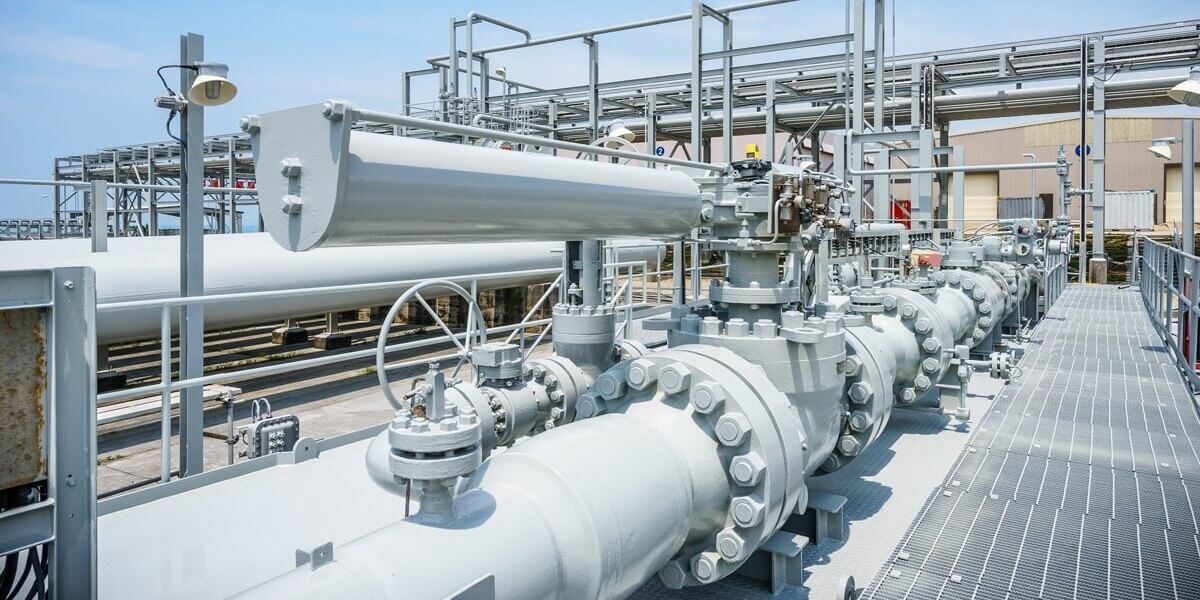
Conclusion
Duplex steel elbows are essential to numerous industrial applications and offer many benefits over traditional piping systems. Their superior strength and corrosion resistance are ideal for harsh environments such as offshore oil rigs. Duplex steel elbows can provide long-lasting, reliable functions in various applications with regular maintenance and care. This blog post has provided valuable insights into everything you need about duplex steel elbows. Wuxi Cahngrun good at pipe fitting manufacture, choose us is one of your best choice.

